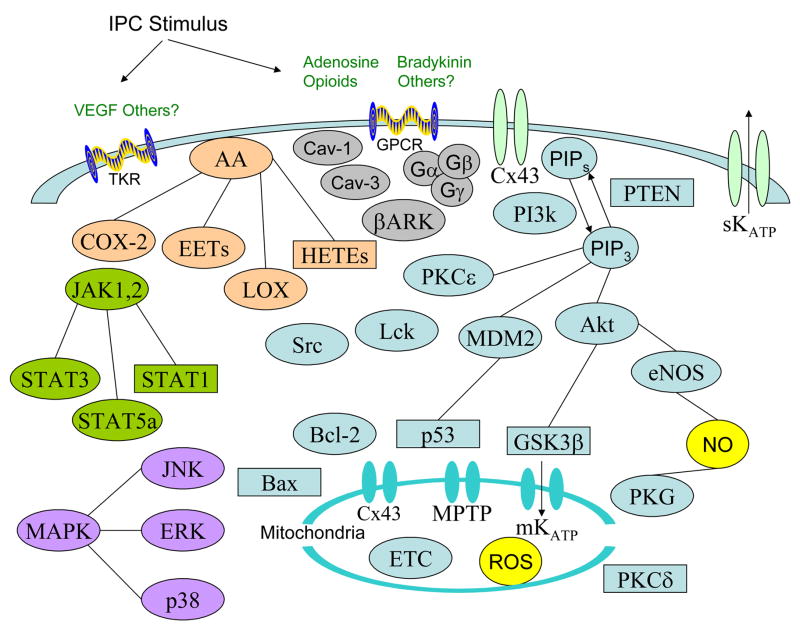Figure 1. Signaling components activated during IPC.
Upon initiation of the IPC stimulus, endogenous triggers such as adenosine, opioids, and bradykinin are released. These endogenous agents bind to membrane receptors and when released in large enough quantities they achieve a threshold to activate intracellular signaling. Additional receptors, such as tyrosine kinase receptors (TKRs), may also be involved.
Receptor activation results in receptor internalization via caveolin and βARK. This leads to the activation of multiple cellular pathways, including arachidonic acid metabolites (AA), ion channels, such as sKATP and connexin 43 (Cx43), JAK/STAT, MAPK, tyrosine kinases such as Src and Lck, Bcl-2 family members such as Bcl-2 and Bax, and the PI3k pathway. The PI3k pathway is known to regulate PKCε, MDM2/p53, Akt, GSK3β, eNOS and the MPTP. Activation of these components leads to modulation of mitochondrial components such as Cx43, MPTP, mKATP and the electron transport chain (ETC), which modulate production of reactive oxygen species (ROS). Those components which are activated by IPC are represented by circles while the agents inactivated by IPC are in rectangles.

